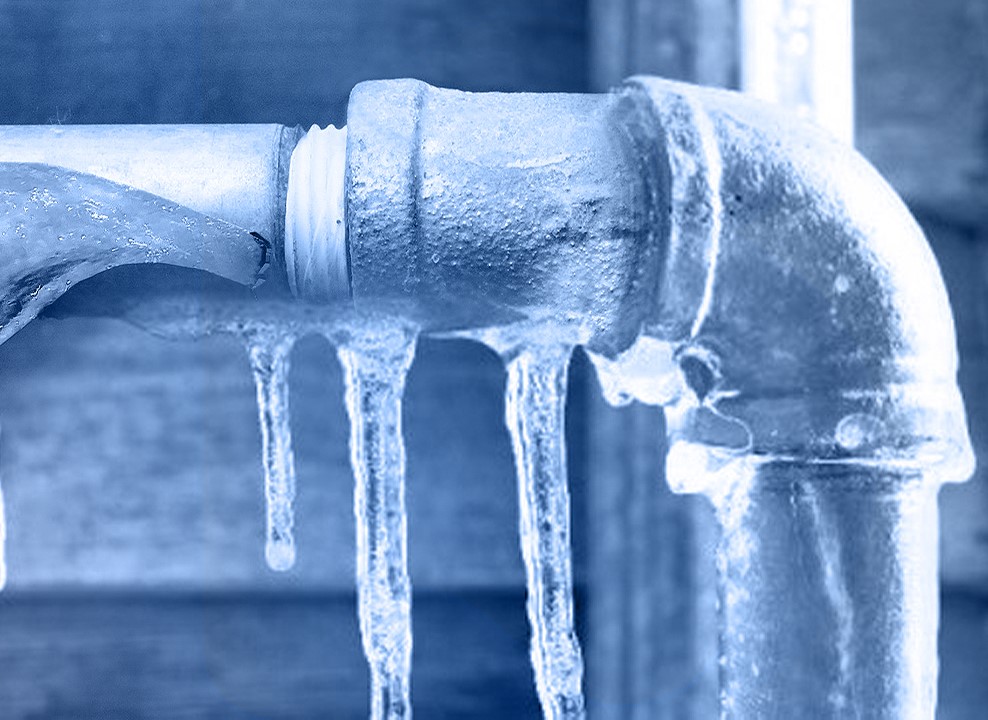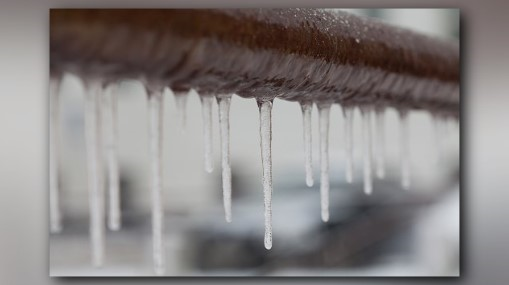Here further down you can discover additional helpful answers in regards to Prevent Frozen Pipes .

Winter can damage your plumbing, specifically by freezing pipes. Here's just how to prevent it from happening and what to do if it does.
Intro
As temperatures drop, the threat of frozen pipes rises, potentially resulting in pricey repair work and water damages. Comprehending just how to prevent icy pipes is critical for property owners in cool climates.
Recognizing Icy Pipelines
What causes pipes to freeze?
Pipelines freeze when subjected to temperature levels below 32 ° F (0 ° C) for extended durations. As water inside the pipelines ices up, it broadens, taxing the pipe wall surfaces and possibly triggering them to break.
Threats and damages
Icy pipelines can result in water supply disruptions, property damage, and expensive repair services. Ruptured pipelines can flood homes and create substantial structural damage.
Signs of Frozen Pipeline
Identifying icy pipes early can prevent them from rupturing.
Just how to recognize frozen pipes
Try to find decreased water flow from taps, uncommon smells or sounds from pipelines, and visible frost on subjected pipes.
Prevention Tips
Protecting prone pipes
Wrap pipelines in insulation sleeves or use warmth tape to shield them from freezing temperature levels. Focus on pipelines in unheated or external areas of the home.
Heating strategies
Keep indoor rooms effectively warmed, specifically locations with pipes. Open up cupboard doors to enable warm air to flow around pipes under sinks.
Securing Outside Plumbing
Yard hose pipes and outdoor faucets
Disconnect and drain garden tubes prior to winter season. Set up frost-proof spigots or cover outdoor taps with protected caps.
What to Do If Your Pipes Freeze
Immediate activities to take
If you think icy pipes, keep taps available to soothe pressure as the ice thaws. Utilize a hairdryer or towels taken in hot water to thaw pipes gradually.
Long-Term Solutions
Architectural adjustments
Consider rerouting pipelines away from exterior wall surfaces or unheated areas. Add extra insulation to attic rooms, basements, and crawl spaces.
Updating insulation
Purchase high-grade insulation for pipes, attics, and walls. Proper insulation assists keep consistent temperature levels and lowers the risk of icy pipelines.
Final thought
Preventing icy pipes calls for positive steps and fast reactions. By comprehending the causes, signs, and preventive measures, home owners can secure their plumbing throughout winter.
5 Ways to Prevent Frozen Pipes
Drain Outdoor Faucets and Disconnect Hoses
First, close the shut-off valve that controls the flow of water in the pipe to your outdoor faucet. Then, head outside to disconnect and drain your hose and open the outdoor faucet to allow the water to completely drain out of the line. Turn off the faucet when done. Finally, head back to the shut-off valve and drain the remaining water inside the pipe into a bucket or container. Additionally, if you have a home irrigation system, you should consider hiring an expert to clear the system of water each year.
Insulate Pipes
One of the best and most cost-effective methods for preventing frozen water pipes is to wrap your pipes with insulation. This is especially important for areas in your home that aren’t exposed to heat, such as an attic. We suggest using foam sleeves, which can typically be found at your local hardware store.
Keep Heat Running at 65
Your pipes are located inside your walls, and the temperature there is much colder than the rest of the house. To prevent your pipes from freezing, The Insurance Information Institute suggests that you keep your home heated to at least 65 degrees, even when traveling. You may want to invest in smart devices that can keep an eye on the temperature in your home while you’re away.
Leave Water Dripping
Moving water — even a small trickle — can prevent ice from forming inside your pipes. When freezing temps are imminent, start a drip of water from all faucets that serve exposed pipes. Leaving a few faucets running will also help relieve pressure inside the pipes and help prevent a rupture if the water inside freezes.
Open Cupboard Doors
Warm your kitchen and bathroom pipes by opening cupboards and vanities. You should also leave your interior doors ajar to help warm air circulate evenly throughout your home.

I'm just very interested in Winter Plumbing Precautions: Preventing Frozen Pipes and I'm hoping you appreciated the piece. Appreciated our post? Please share it. Help others check it out. We recognize the value of reading our article about How to Prevent Your Pipes From Freezing.
Click Here!